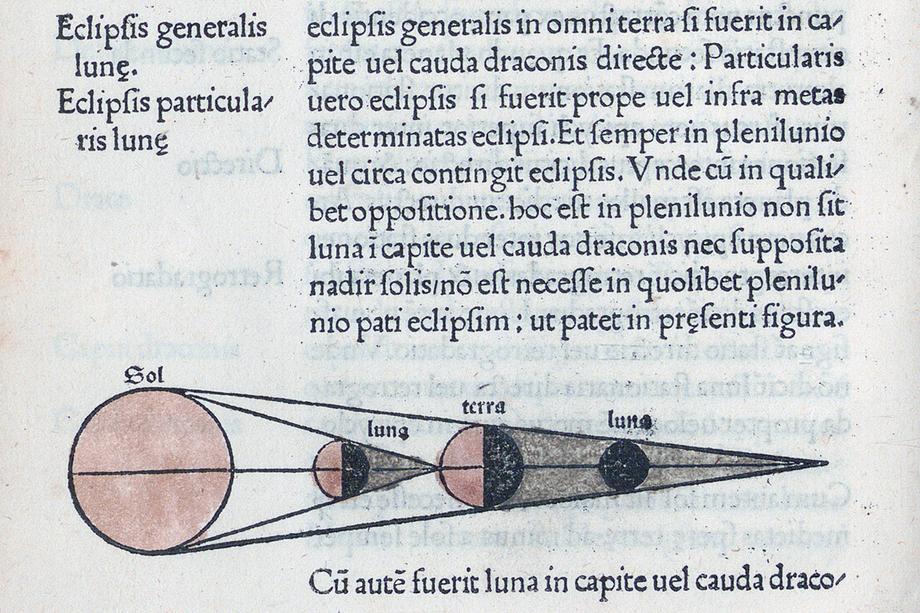History of Astronomy and Mathematics
The collection encompasses early printed editions of astronomical treatises originating from antiquity and the Middle Ages, as well as books documenting the major astronomical advancements during Europe’s scientific revolution in the 16th and 17th centuries.
Notable items include treatises authored by Ptolemy, Abū Maʿshar, King Alfonso X of Castile, and Johannes de Sacrobosco; the first two editions of Nicolaus Copernicus’ treatise advocating the theory of heliocentrism (Nuremberg, 1543 and Basel, 1566); and numerous early editions and translations of works by Galileo Galilei, Tycho Brahe, and Johannes Kepler.
Furthermore, we house the renowned “big four” star atlases from Europe’s golden age of celestial cartography:
- Johannes Bayer’s Uranometria (Augsburg, 1603)
- Johannes Hevelius’ Prodomus astronomiae & Firmamentum Sobiescianum (Gdansk, 1690)
- John Flamsteed’s Atlas coelestis (London, 1729)
- Johann Elert Bode’s Uranographia (Berlin, 1801).
Moreover, our History of Mathematics collection comprises more that 1,000 titles, representing significant works of mathematicians from antiquity through the 19th century. Of particular strength are early editions of Euclid, including the editio princeps of the Latin text (Venice,1482), the editio princeps of the original Greek text (Basel, 1533), and the first English translation (London, 1570).
Both the History of Astronomy and Mathematics collections are housed in the Special Collections Research Center. A good introduction to the origin and background of these collections can be found on pages 592-597 of Astronomical and Mathematical Rarities in the University of Michigan Library by Louis Karpinski.
Important related collections
Our holdings on the History of Astronomy and Mathematics are complemented by papyri held in the Papyrology Collection and artifacts in the Kelsey Museum of Archaeology.
An overview on the early history of astronomy, as highlighted by various collections, can be found in the Early Astronomy in the University of Michigan Collections online exhibit.

